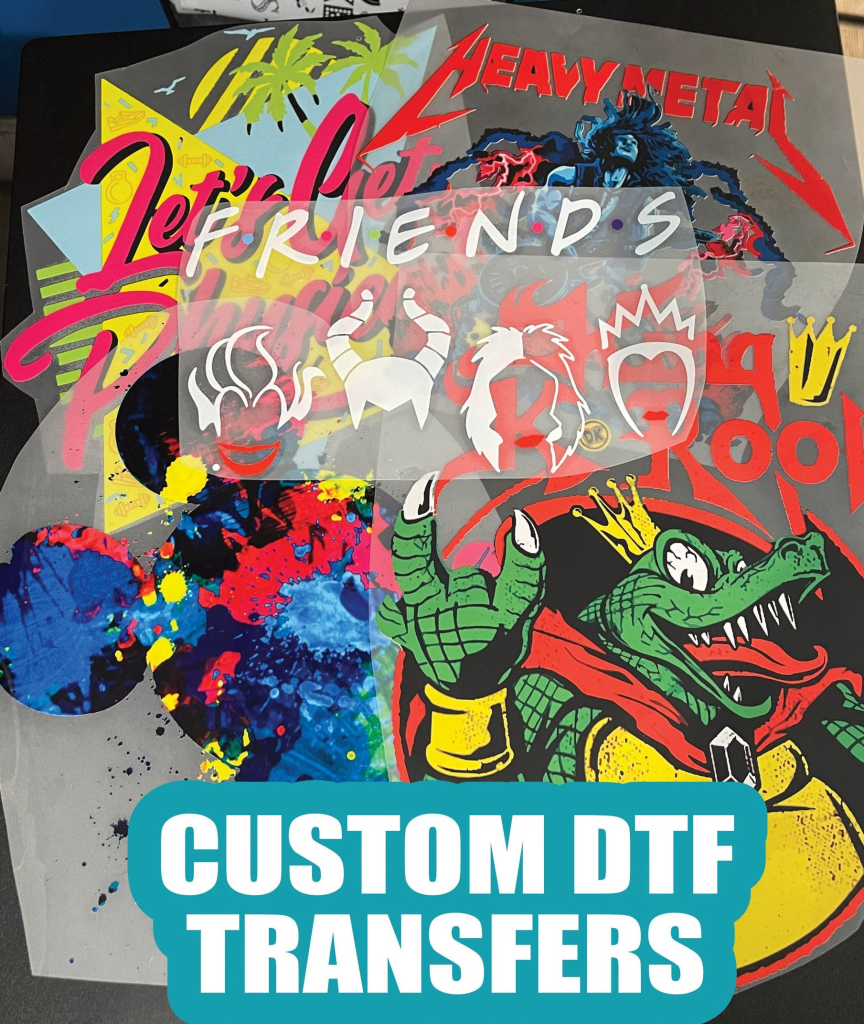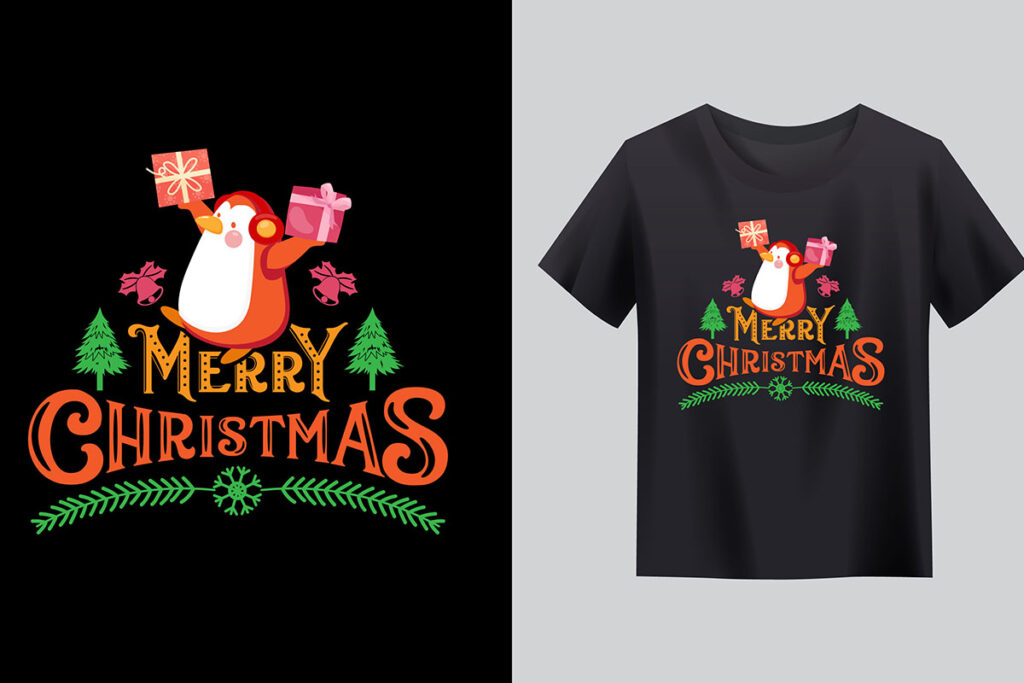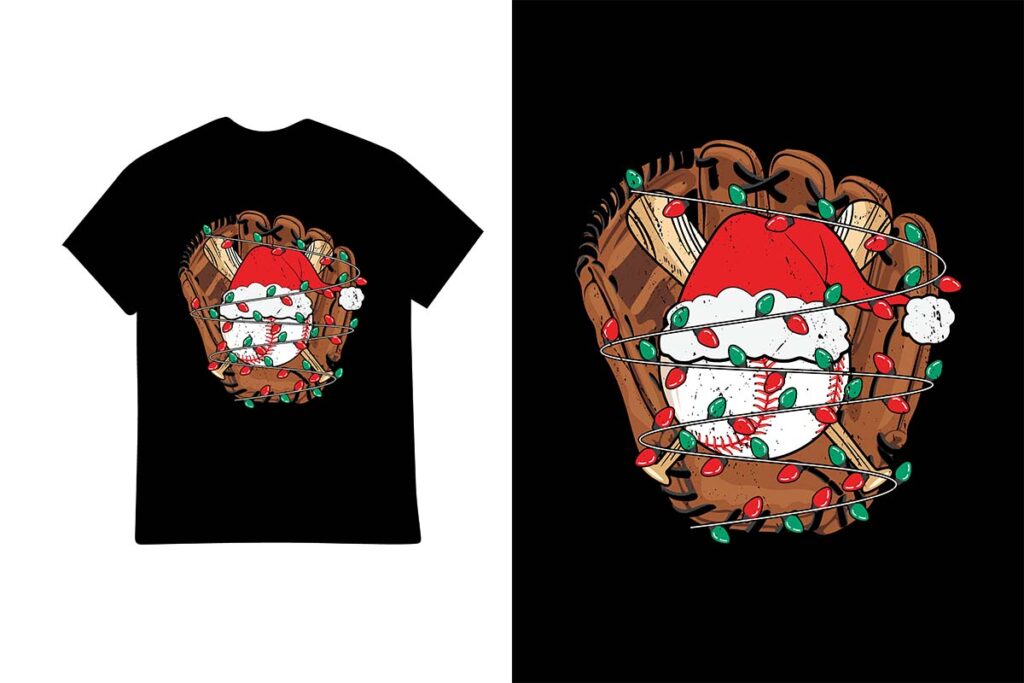DTF transfers have emerged as a revolutionary solution in the world of custom apparel printing, effectively combining the benefits of various traditional methods. This innovative Direct-to-Film (DTF) printing technology enables vibrant designs to be effortlessly applied to a wide range of fabrics, allowing businesses to create stunning, high-quality products. Unlike screen printing or sublimation printing, DTF transfers provide an exceptional color vibrancy and detail that captivate both consumers and brands. With its growing popularity, many are eager to compare DTF with other printing techniques, including vinyl printing and direct-to-garment (DTG) printing, to identify the best option for their specific project needs. In this article, we will explore the advantages and drawbacks of DTF transfers in relation to other printing methods, helping you make an informed decision for your next textile venture.
Also known as Direct-to-Film printing, DTF transfers are transforming the landscape of textile customization with their exceptional versatility and quality. This printing approach allows for intricate design replication on diverse materials, setting it apart from conventional techniques like screen printing and sublimation. Whether leveraging vinyl cutting or opting for DTG printing, understanding the nuances of these various options is essential for anyone in the custom apparel industry. As we delve deeper into the comparative analysis of DTF and its peers, you’ll discover how this method stands out in terms of efficiency, durability, and color impact, equipping you with the knowledge needed to choose the right printing solution for your business.
The Growing Popularity of DTF Transfers
Direct-to-Film (DTF) transfers have rapidly emerged as a frontrunner in the garment printing landscape, thanks to their flexibility and ability to deliver vivid results. Unlike traditional methods, DTF printing allows businesses to produce high-quality prints on a variety of materials, including cotton and polyester blends. This versatility makes DTF an attractive choice for entrepreneurs and small businesses looking to meet diverse customer demands without the need for extensive equipment investments.
Moreover, the popularity of DTF printing can also be attributed to its relatively simple workflow. The ability to create complex, multicolored designs without excessive setup times streamlines the production process, making it especially beneficial for smaller runs and requests for customized apparel. As more consumers seek unique and personalized clothing options, DTF offers a viable solution that caters to the evolving market needs.
DTF Printing vs. DTG Printing: Which is Superior?
When comparing Direct-to-Film (DTF) printing with Direct-to-Garment (DTG) printing, each method has its strengths and weaknesses depending on specific project needs. DTF printing shines in its ability to work effectively across various fabrics while providing a strong bond and vibrant colors that can endure multiple washes. For businesses seeking to produce a wide array of apparel with rich detail, DTF presents a practical option that rivals DTG’s high-quality image reproduction.
In contrast, DTG printing is often favored for its outstanding detail and smooth finishes on cotton-based fabrics. However, it typically requires more time for setup and processing, making it less ideal for quick-turnaround jobs. Therefore, for those who prioritize a broader fabric compatibility and efficiency, DTF printing may offer a better solution, particularly for fast-moving consumer demands.
Understanding Screen Printing Compared to DTF Transfers
Screen printing has long been celebrated in the textile industry for its durability and effectiveness in producing large quantities of simple designs. This method excels in producing crisp lines and vibrant colors but can become cumbersome when dealing with intricate designs or low volume orders. In contrast, DTF printing simplifies the process of achieving detailed and colorful graphics without the need for numerous screens or extensive setup, making it a strong competitor for market share, especially among newcomers to the industry.
Additionally, while screen printing requires significant investment for setup, DTF printing boasts lower startup costs, making it accessible for small brands looking to enter the market quickly. The combination of affordability, versatility, and ease of use positions DTF printing as a leading choice over traditional screen printing, particularly for businesses focused on custom apparel and unique designs.
Advantages of DTF Transfers Over Sublimation Printing
Sublimation printing is renowned for its ability to produce stunning, high-quality prints, particularly on polyester fabrics. However, it has its limitations, including compatibility issues with darker colors and non-synthetic materials. DTF printing, on the other hand, transcends these limitations by delivering striking designs on a broader range of fabric types, including cotton and blends, which opens up opportunities for businesses to diversify their offerings.
Moreover, one significant advantage of DTF over sublimation is the cost-effectiveness in smaller production runs. Sublimation typically necessitates larger orders to justify printing costs and setup, whereas DTF caters perfectly to small batches without sacrificing quality. This flexibility allows businesses to offer customized designs that align with consumer trends and seasonal changes.
Vinyl Printing Compared to DTF Transfers: A Detailed Look
Vinyl printing is an efficient option for producing clothing graphics, particularly for simpler designs. However, the method often falls short when it comes to complex images or high-resolution graphics. DTF transfers, in contrast, excel with detailed artwork, allowing businesses to cater to customer preferences for intricate designs and bright colors that stand out. This capability significantly leverages a brand’s appeal and distinguishes itself in a competitive marketplace.
Additionally, while vinyl printing can be time-consuming for intricate jobs due to the process of weeding and layering materials, DTF printing simplifies this with a direct transfer method that requires less manual intervention. Therefore, for shops aiming to expand their design capabilities while maintaining efficiency, DTF stands out as a superior choice compared to traditional vinyl printing.
Choosing the Best Printing Method for Your Needs
Selecting the right printing method for your business depends on a variety of factors, including design complexity, fabric compatibility, and production volume. Evaluating your specific project requirements is crucial for maximizing efficiency and quality output. For example, if you plan to offer a wide range of custom designs across various fabric types, DTF printing offers remarkable adaptability that could set your business apart.
On the other hand, if you primarily focus on high-volume orders with straightforward designs, techniques such as screen printing may remain relevant. Whichever route you choose, understanding the strengths and limitations of each method—like DTF’s vibrancy and durability versus the cost-effectiveness of screen printing—will empower you to make informed decisions that align with your business goals.
Frequently Asked Questions
What are DTF transfers and how do they work?
DTF transfers, or Direct-to-Film transfers, involve printing designs onto a special film that is then heat-pressed onto fabric. This method allows for vibrant colors and intricate patterns on various fabric types.
How do DTF transfers compare to screen printing?
While DTF transfers are versatile and suitable for small orders, screen printing is more cost-effective for large runs. DTF excels in color vibrancy and detailed designs, while screen printing offers durability and is ideal for simpler, bulk designs.
Can DTF printing be used on all types of fabrics?
Yes, DTF printing is highly versatile and works well on a variety of fabrics, including cotton, polyester, and blends, making it suitable for a wide range of apparel and textile applications.
What advantages do DTF transfers have over sublimation printing?
DTF transfers can be used on a broader range of fabrics, including dark materials, unlike sublimation printing which is limited primarily to polyester fabrics. Additionally, DTF allows for more intricate designs and holds vibrant colors.
Is DTF printing better than Direct-to-Garment (DTG) printing for small businesses?
For small businesses, DTF printing can be more advantageous due to lower setup costs and faster production for smaller orders, while DTG is better for highly detailed, one-off designs but may lead to longer turnaround times.
Are DTF transfers durable compared to vinyl printing?
Yes, DTF transfers are known for their durability and resistance to fading, especially when compared to vinyl printing, which may not hold up as well on fabric during multiple washes.
| Printing Method | Best For | Advantages | Disadvantages |
|---|---|---|---|
| DTF Transfers | Vibrant designs on multiple fabrics | High color vibrancy, durable prints, material versatility, lower inventory requirements | Requires special film, may need heat press |
| Screen Printing | Large orders with simple designs | Cost-effective for bulk, excellent durability | Higher setup costs, inflexible for small batches |
| Sublimation | Polyester fabrics with vibrant all-over prints | Exceptional color depth, smooth finishes | Not ideal for dark fabrics, limited fabric types |
| Vinyl Cutting | Simple designs and small jobs | Great for logos and text, beginner-friendly | Limited detail capability, time-consuming for complex designs |
| Direct-to-Garment (DTG) | Highly detailed designs and color gradients | Gorgeous prints, no minimum order required | Slower for bulk jobs, higher ink costs |
Summary
DTF Transfers provide a modern, efficient solution for businesses looking to enhance their textile printing capabilities. By utilizing cutting-edge technology, DTF printing stands out with its ability to deliver vibrant, durable designs on a wide variety of fabrics. This method eliminates many of the constraints other printing methods face, such as complicated setups and limited fabric compatibility, making it an appealing choice for custom apparel. As you navigate the diverse landscape of printing techniques, consider how DTF Transfers can not only elevate your product offerings but also streamline your production process, ensuring both quality and cost-effectiveness.



